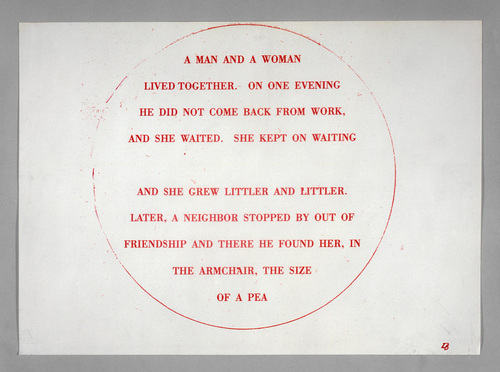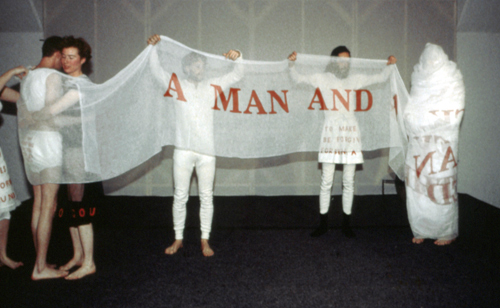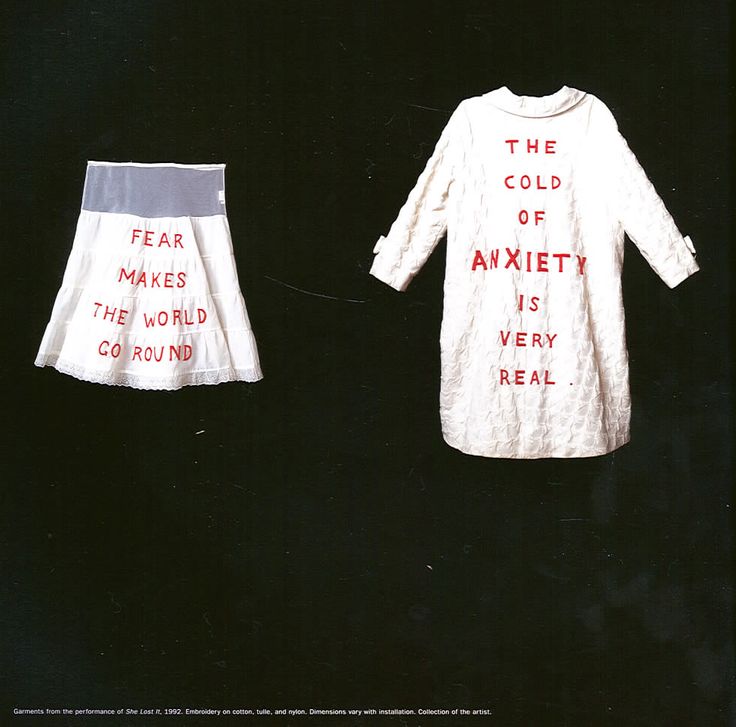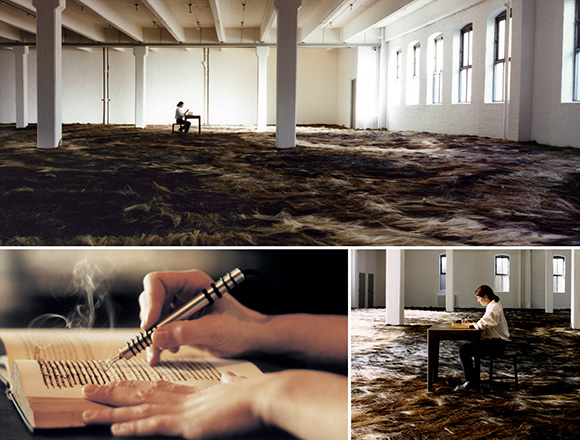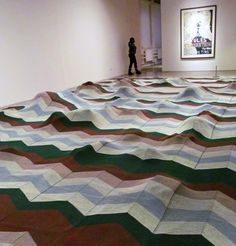Stroud, Marion Boulton. New Material as New Media. Ed. Kelly Mitchell. Massachusetts: MIT Press, 2003. Print.
New Material As New Media is a fascinating annotated history of the Fabric Workshop and Museum. A selection of resident artists as well as an exploration in how the workshop and museum changed over the years is offered alongside beautiful images of the works created within the museums walls. While the first goals of the workshop was focused on textile and fabric, alongside a melding of the everyday object and the art object, this anthology of sorts explores what could be fabric, questioning the assumed distinction between art and everyday. Headed by Marion Boutlon Stroud, the workshop began as a way “to make things that a person could use” (15). As such, dismantling traditional binaries in art became one of the the question ofthe Fabric Workshop and Museum; “high vs. low and art vs. craft became irrelevant once we ban working with artists… since their work could be all of these at once” (15). As such, by “stretch[ing] the definition of fabric” the Fabric Workshop and Museum explored ‘new materials’— road, knots, police uniforms— as a fabric in themselves. “If Le Corbuseier wanted to create a “machine for the living,” the typical Workshop artist might be said to want to create an artwork for the living” (8).
There are also a few essays in the catalogue that help contextualize some of the work. In “Reflections on Fabric and Meaning: the Tapestry and the Loincloth” explores the meaning that fabric carries in two seemingly divergent case studies. Here, the author explores mainly the divide between high art (tapestry) and everyday art object (loin cloth), and suggests a movement away from representation to realization by using rather than representing something. In other words, though the functional object. “The idea of the functional object cuts across the distinction between art and craft. The great first generation of soviet artists worked under the slogan “art into life.” They rejected art as emblematized by the easel painting, but because machinery was so central to the new socials society they envisioned, craft was not an appeal concept, though function was.” (89). Functional objects, such as the baclava, or Ghandi’s loin cloth— and performative image of protest— “refer to the human body and the human soul as embodied” (89).
For the purposes of this blog post, I’ve collected a number of artists from this catalogue. I will here give brief summaries of their work, in the context of the Fabric Workshop and Museum, along with images, mirroring the style of New Material and New Media.
Marina Ambromovic: Expiring Body (26)
Exceeding the limitations of the body.
Mirosalw Balka 2 x 60 x 190; 250 x 190 x 67
Hog intestines as art material; using interior as exterior, but also exploring the thread of the body— intestines, in a new and interesting way.
Louise Bourgeois; She Lost It (52)
Combination of textiles, embroidery and performance. Bourgeois makes a scarf for the gallery, as well as other provocative costumes.
Renée Green: Mise-en-Scène: Commemorative Toile (114)
Scenes from 17th C. France’s figural fabric mashed up withscenes from antebellum America and Colonial Europe as made into apolstry for furniture. As such, the domestic image becomes one carrying, not so buried, a colonial history.
Ann Hamilton; Tropos (122)
In this sensory experience, audience walk through the large warehouse space covered in horse hair. An aide burns words in book in the center of the room. Another piece which has the alphabet embroidery with horse hair brings the horse hair and embroidery come together to suggest a “growth of literacy and graduale devaluation of non-verbal language” (122)
Mona Hatoum
Pin Carpet: Functional Carpet, prayer rug, fakirs bed of nails
Entrails: human body, silicone rubber, intestine like coils
Jim Hodges: Every touch
Anish Kapoor: Body to Body (146)
Felted and women wool.
Mike Kelley: “Lumpenprole”; "Riddle of the Sphinx”
Knitted afgans and objects.
Glenn Ligon “Skin tight”
Exploration of black masculinity through the punching bag.





